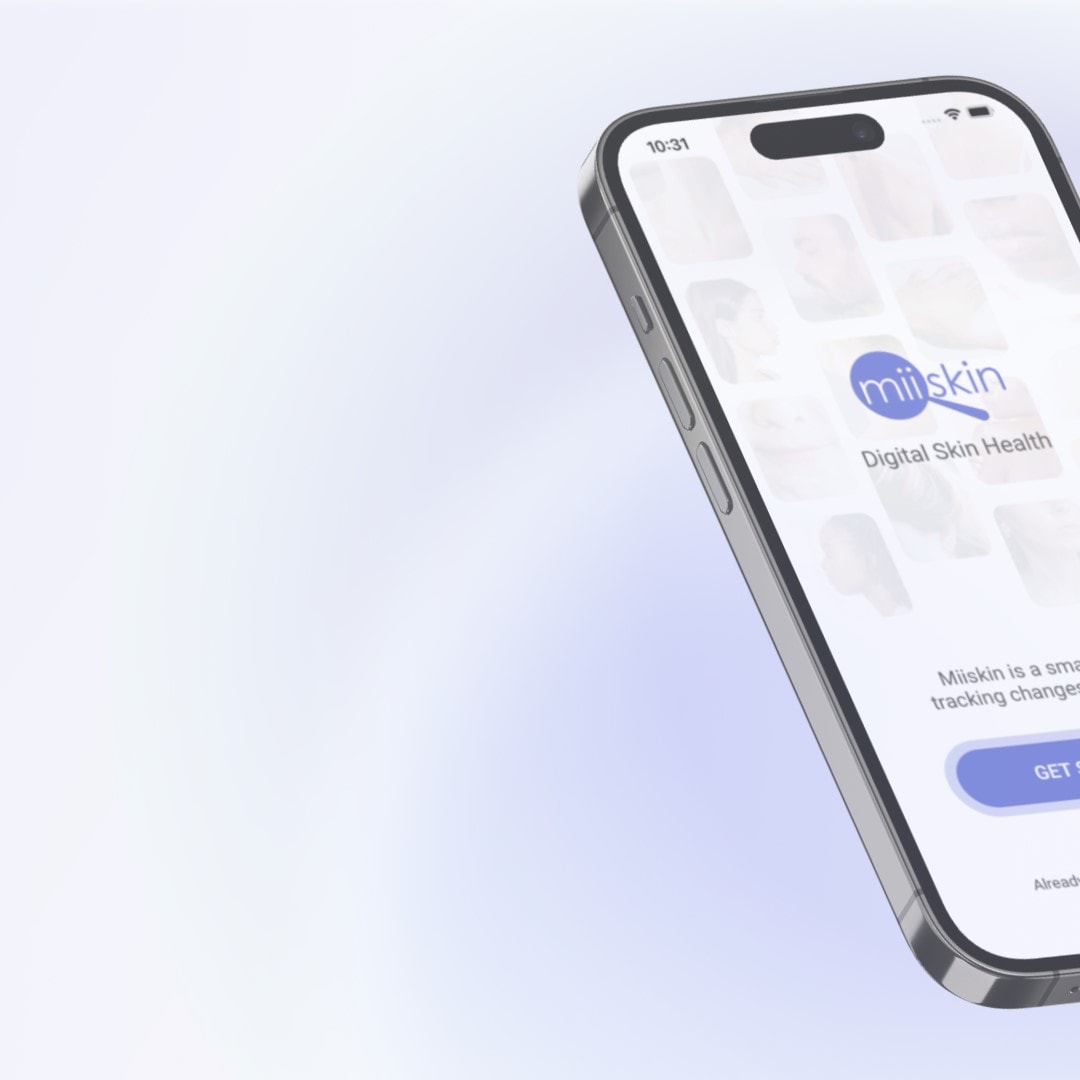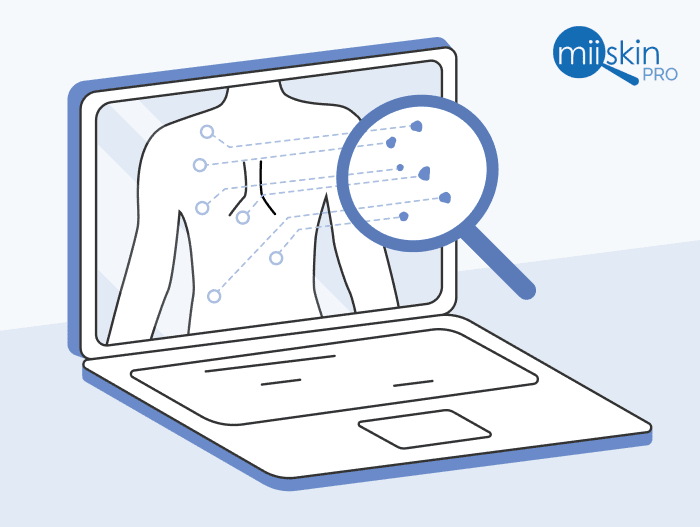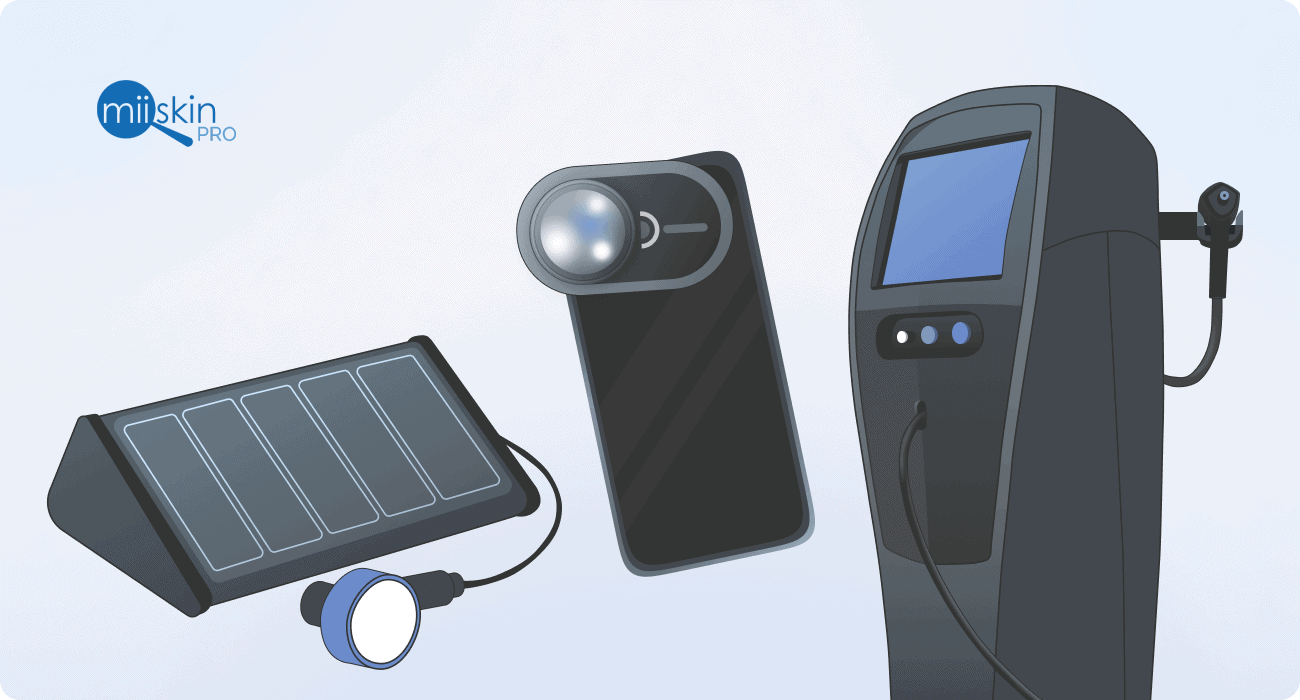What is patient experience and why is it important?
Get an overview of what patient experience is, the key elements to consider, how can you boost the patient experience in your organization, the role of telehealth and a practical case study.
Author: Jennifer Highland, Content Manager of Miiskin | Reviewed by: Jon Friis, founder, and CEO of Miiskin
Covered in this article:
Definition | Why is it important? | Patient experience vs patient satisfaction | Key elements | Boost their patient experience | Patient satisfaction surveys | The role of telehealth | Case study
What is patient experience?
Patient experience is the cumulative result of all interactions patients have with an organization across the entire care continuum. This encompasses interactions with doctors, nurses, and staff within hospitals, physician practices, as well as various digital touchpoints.
The patient experience involves several key aspects valued by patients when they seek and receive care, such as the ability to get timely appointments, easy access to information, and effective communication with healthcare providers. Essentially, patient experience is defined by the sum of all interactions, shaped by the healthcare organization’s culture and values, that influence patient perceptions throughout their healthcare journey.
Why is patient experience so important?
Patient experience is crucial because it directly impacts the quality of healthcare provided and the outcomes achieved. A positive patient experience is associated with a higher level of patient satisfaction, better patient adherence to treatment, and improved health outcomes.
Patient experience is an integral component of healthcare quality, emphasizing the need for healthcare centers to prioritize patient-centered care. This involves engaging patients in decision-making processes, providing comprehensive and culturally competent care, ensuring patient safety, promoting healthy living initiatives, and striving for excellence in all patient interactions.
By focusing on the patient experience, healthcare organizations can obtain many benefits for their organization.
- Superior patient health outcomes
- Increased patient satisfaction
- Boosted reputation
- Improved compliance with treatment
- Elevated efficiency
- Higher employee satisfaction
- Reduction in legal disputes
- Enhanced revenue generation
According to Deloitte, hospitals reporting “excellent” patient experience scores on HCAHPS ratings averaged a net margin of 4.7%, higher than the 1.8% net margin of hospitals with “low” ratings. This indicates a direct correlation between high patient satisfaction and increased profitability.
What is the difference between patient experience and patient satisfaction?
| Aspect | Patient Experience | Patient Satisfaction |
| Definition | The result of all interactions patients have with their healthcare provider across the entire care continuum. | The patients’ perceptions and evaluations of their healthcare experience. |
| Scope | Covers specific interactions and aspects of care delivery. | An overall measure of a patient’s feelings and perceptions about their care. |
| Focus | On the healthcare delivery process itself, including how care is delivered and digital touch points. | Encompasses a broader evaluation of the entire healthcare experience. |
| Measurability | Objective, based on specific questions about whether or not certain events or actions took place. | Subjective, based on individual feelings and perceptions. |
| Influence factors | Direct interactions with healthcare providers, accessibility of services, clarity of information, and the physical environment of the healthcare facility. | Personal expectations, preferences, and perceptions, which can be influenced by both direct care and telehealth services. |
| Improvement focus | Enhancing specific areas of care delivery, patient-provider interactions and digital touch points to meet best practices. | Addressing patient expectations and ensuring a positive perception of the healthcare experience overall. |
Key elements that influence the patient experience
Compassionate care as a cornerstone
The provision of compassionate care significantly impacts patients’ willingness to recommend healthcare services. This underscores the importance of empathy and understanding in patient-provider interactions as a key factor in patient satisfaction and the overall patient experience.
Patient involvement in their treatment
Prioritizing patient involvement in treatment decisions directly impacts their satisfaction and engagement, emphasizing the need for a participatory approach in healthcare that values patient input and partnership.
Ensuring access to information and prompt care
Patients’ desire for more comprehensive information and greater opportunities for involvement underscores the importance of timely access to information and prompt care delivery to meet patient expectations and improve healthcare outcomes.
How can healthcare organizations boost their patient experience?
Foster compassionate communication
Healthcare organizations should train their staff to communicate with empathy and clarity, ensuring that patients feel heard, respected, and valued throughout their care journey.
Promote patient involvement
Encourage patients to actively participate in their care decisions through shared decision-making practices, respecting their preferences and incorporating their feedback into treatment plans.
Implement continuous feedback loops
Implementing patient surveys(such as the CAHPS surveys) and suggestion boxes, to identify areas for improvement and make adjustments that enhance the patient experience.
Invest in staff training and well-being
Satisfied and well-supported healthcare staff is essential to delivering high-quality patient care. Provide ongoing training and support for staff to maintain high morale and reduce burnout.
Ensure timely access to care and information
Utilize digital technologies to streamline appointment scheduling, treatment processes, and access to health information, significantly reducing wait times and enhancing patient access to care when needed. This approach simplifies interactions with healthcare providers, ensuring efficient communication and immediate access to medical records.
Expand telehealth services
Offer comprehensive synchronous and asynchronous telehealth options to provide flexible and convenient access to care. This includes virtual consultations, remote monitoring, and digital health tools, ensuring patients can receive quality care regardless of their location.
What are patient satisfaction surveys?
Patient satisfaction surveys are questionnaires designed to gather feedback from patients about their experiences with healthcare services, facilities, and providers. These surveys aim to assess various aspects of patient care, including the quality of communication with healthcare professionals, the accessibility and convenience of services, the cleanliness of the facility, the responsiveness of staff, and overall satisfaction with the treatment received.
The insights gained from these surveys help healthcare organizations identify strengths and areas for improvement, enhance patient care, and make informed decisions about healthcare practices and policies. By measuring patient satisfaction, healthcare providers can work towards improving the overall patient experience, increasing patient loyalty, and potentially improving clinical outcomes.
Example of a patient satisfaction survey
A good example of a patient satisfaction survey are the Consumer Assessment of Healthcare Providers & Systems (CAHPS) Surveys.
The CAHPS Surveys allow patients to evaluate the patient experience in an organization and pinpoint areas that need improvement. This survey utilizes a uniform methodology and well-crafted questions producing reliable, standardized, and validated patient experience metrics.
The role of telehealth in improving the patient experience
A PwC report on global healthcare trends revealed that 91% of consumers used telemedicine services and will continue to do so in the future.
Telemedicine can help healthcare providers improve the patient experience by making it easier for patients to reach out to their providers and receive treatment faster. This helps build a comfortable relationship between providers and patients, encouraging them to seek proactive treatment, positively affecting outcomes.
Case Study: Improving the patient experience with telehealth in dermatology
Healthcare statistics
- Today’s patients are dissatisfied with traditional healthcare and seek alternatives to satisfy their requirements
- 25% of patients will switch to a new provider with high-quality digital services
- 74% of patients prefer easy access to health care than in-person appointments
- Up to 60% of the population in Maine, Vermont, West Virginia, Mississippi, Montana, Arkansas, South Dakota, Kentucky, Alabama, and North Dakota, live in rural areas
- Patients in rural areas lose up to $16,769 in wages and travel expenses when visiting a doctor
Dermatology statistics
- The average waiting time to see a dermatologist in the United States is 32 days
- The average waiting time to see a pediatric dermatologist is 100 days
- 40% of patients waited between one and six months for an initial dermatology appointment and six weeks for their follow-up appointment
- 90% of patients said their conditions worsened during long waiting time
- Dermatologists have some clear areas of opportunity such as post-consultation follow-up and treatment success
How can telehealth help improve the patient experience?
Store and forward telehealth, also known as asynchronous telehealth, can significantly improve the patient experience by leveraging technology to share health information and images between patients and physicians at different times.
- Increased accessibility: Patients in remote or underserved areas can access care without the need for travel. This is especially beneficial for those with mobility issues or those living in regions with a shortage of dermatologists.
- Convenience: Patients can send images of their skin conditions at their convenience, without needing to align their schedules with the dermatologist’s office hours. This reduces the need for time off work or rearranging personal schedules for in-person visits.
- Efficiency and speed: Dermatologists can review the transmitted images and health information at their convenience, allowing for quicker diagnosis and treatment plans.
- Reduced healthcare costs: By minimizing the need for in-person visits, patients can save on travel expenses and related costs. This type of telehealth solution can also lead to more efficient use of healthcare resources, potentially lowering costs for providers as well.
- Improved patient outcomes: The early intervention and treatment of skin conditions, (including skin cancer) can significantly improve patient outcomes.
- Enhanced privacy and comfort: Some patients may feel more comfortable sharing sensitive or embarrassing skin conditions through photographs rather than in-person. This can lead to more openness and accuracy in reporting symptoms, enhancing diagnostic accuracy.
By integrating store and forward telehealth into dermatological care, healthcare providers can offer a more accessible, convenient, and efficient service, enhancing the overall patient experience.
MIISKIN PROMO
Attract New Patients to your Medical Practice with the Miiskin platform
Skin Health Solution for Providers
Boost patient acquisition: The Miiskin website is visited by 250,000 patients every day; offer these patients care delivered by your practice.
Automate patient intake: Patients can fill out any intake forms, make payments and give consent via the Miiskin app.
Offer efficient care delivery: Triage patients, renew prescriptions and make routine visits more efficient with an asynchronous telehealth solution.

Request Free Trial
References:
https://www.pwc.com/gx/en/industries/healthcare/top-health-industry-issues.html
https://www.dermatologytimes.com/view/todays-dermatologist-workforce
https://patientengagementhit.com/news/long-wait-times-in-dermatology-harm-patient-experience-safety
https://onlinelibrary.wiley.com/doi/10.1111/pde.14479
https://newsroom.cisco.com/c/r/newsroom/en/us/a/y2013/m03/cisco-study-reveals-74-percent-of-consumers-open-to-virtual-doctor-visit.html
https://www.slideshare.net/accenture/accenture-2019-digital-health-consumer-survey
https://www.accenture.com/us-en/insights/health/leaders-make-recent-digital-health-gains-last
https://worldpopulationreview.com/state-rankings/most-rural-states
https://healthtechmagazine.net/article/2017/03/telemedicine-proving-its-roi-rural-communities
https://jamanetwork.com/journals/jamadermatology/fullarticle/419336/
https://jamanetwork.com/journals/jamadermatology/fullarticle/419336
https://www.slideshare.net/accenture/accenture-2019-digital-health-consumer-survey






